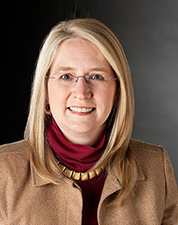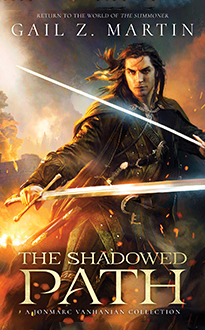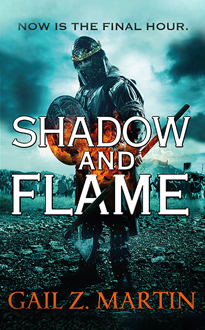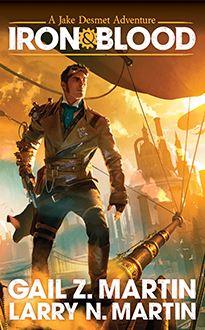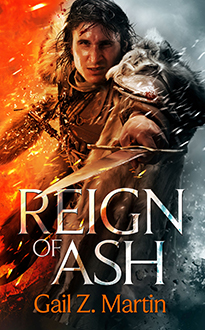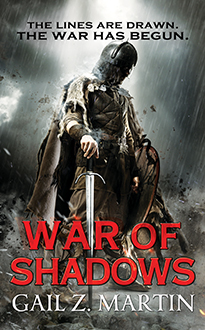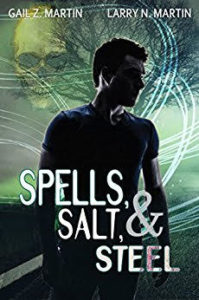People think of Voodoo when they think of New Orleans, and they may think of ghosts when they think of Savannah, but Charleston not only has ghosts galore, bit also has Hoodoo (Conjure) and in Deadly Curiosities, a strong dollop of Voodoo as well.
Voodoo is pretty much a Hollywood creation, so in Deadly Curiosities, I talk about Voudon, the proper name for a Haitian religion that melds beliefs from Africa and the Caribbean. Voudon practitioners see themselves surrounded by hundreds of loa, powerful spirits with the ability to bless or curse. Since slaves were forbidden to practice anything other than Christianity, many enslaved people matched their loas to Catholic saints and continued their beliefs under cover of a practice that incorporated elements of both religions. Female Voudon priests are mambos, male high priests are houngans. Voudon is closely identified with New Orleans but would likely have been practiced by slaves who came from the Caribbean no matter where they were taken to reside.
Hoodoo is a form of folk magic with deep roots in African, European and Native American beliefs. It grew and changed, adding elements from the cultures it touched in the Caribbean and in the deep South. Hoodoo is also sometimes called “conjure”. Practitioners are often called “root doctors” or “Conjure men (or women)”. Much of Hoodoo involves cursing someone (“putting a root on them” or “crossing”) or lifting a curse that has been laid. Hoodoo often uses special powders and charms to protect against being crossed. Candles, plants, even bits of hair or nail clippings can all be used by the root worker to bless or curse. Hoodoo is often associated with the South Carolina Lowcountry region and the Gullah people (descendants of freed and escaped slaves), but it was also practiced throughout the Southeast.
So how did I end up with Voudon in Charleston? It’s not a stretch when you realize that by some estimates, 40 – 50% of all U.S. slaves came through Charleston. Some came directly from Africa, others via the Caribbean. About 90% of those slaves went beyond the state’s borders. It stands to reason that there would have been a fertile—and furtive—mingling of beliefs and incorporation of new practices as slaves brought their own traditions with them and bumped up against the traditions of others with whom they lived and toiled.
Another path for Voudon to come to Charleston would have been through the slave owners who moved back and forth between the South’s major cities, often bringing their servants with them. Whether they came for a visit, for business or for marriage, it seems very likely that Charleston slaves would have had ample opportunity to be exposed to Voudon—if not from their own traditions, then from those of other slaves brought to the area. Many historians also cite examples where slave owners adopted and adapted some of the magical traditions of their servants, practicing Voudon or Conjure quietly themselves, or asking for the help of practitioners when their needs exceeded what the Church could supply.
Using Voudon and Hoodoo in Deadly Curiosities helps to establish the setting in a very vivid way. I am well aware of the fact that both belief traditions have been badly misconstrued by Hollywood, and I have done my best to search out reputable sources and to represent both Voudon and Hoodoo with the respect they deserve. Both are belief systems with many modern adherents, and I want to be respectful, while using some editorial license for dramatic effect.
While Voudon and Hoodoo play a big role in Deadly Curiosities, they aren’t the only forms of magic readers will encounter. Sorren, the nearly 600 year-old vampire, brings magical items from several European traditions, including pieces from a Norse Seior who was a protectress centuries ago. Teag draws on protective amulets that include a Filipino agimat and a Greek hamsa. Relics from Catholic saints and medallions of the saints also figure prominently. Expect to see more magical items from additional traditions figure in as the stories unfold.
The people who settled the U.S. came from around the world and brought their traditions, beliefs, religions and superstitions with them. We recognize the U.S. as a “melting pot” of influences, giving the world things like taco pizza and southwestern eggrolls, but often forget that thanks to close proximity, intermarriage and long-time exposure, cultures that might never have borrowed from each other in the Old World took what they found useful and adapted it to their own beliefs and needs. In other words, we all stole liberally from each other when it came to language, folklore, food, music and magic—and came up with new stuff that is often pretty amazing.
Sit back and enjoy the ride—there’s more than enough magic to go around.

